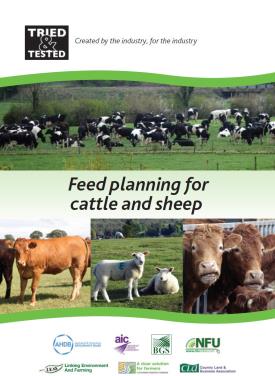
Someone I met recently said real farming is all about doing things – ploughing, cutting silage, spreading fertiliser, milking. This seemed right at the time but thinking about it later, I realised they were quite wrong. All of these things are essential… but so is a bit of thinking and preparation time. This is how costs are saved and output boosted and some time spent in the office can be the most productive part of the day. It doesn’t have to mean sitting in front of a screen, just some thinking time and putting numbers to things. Successful farms are good at this.
The more complicated a job, the greater the need for preparation and jobs don’t come more complicated than livestock farming!
Before most people were born, I worked on a dairy/beef farm in Devon – clay, mud, slurry, rain at silage time, the lot. The sheer complication of it all baffled me – how to work out how much feed would be needed, what sort of feed, how much grass would be grown and, above all, how to match all of these with the needs of the cattle through the year. Left to myself, I could have muddled through and probably nothing would have died but, as they say, there would have been scope for improvement. I thought of this when looking through the new Tried & Tested Feed Planning for Cattle and Sheep. This, like the Nutrient Management Plan, is a way to organise information on paper with a step by step approach, with each step described and explained as you go through. The aim is to ensure money spent on feeds and forage brings the maximum return.
Feed Planning for Cattle and Sheep sets out a logical way to match feeds with livestock requirement.
The energy needs of the animals are calculated first then the contribution that can be expected from grass and other forages is estimated. The difference between requirement and forage contribution shows the amount of bought-in concentrates and feed needed. All of these steps are explained clearly. There are forms to set down information with completed examples for every entry. One really helpful feature is the use of rules of thumb throughout – everyone will find something new and useful in these. There are additional sections on animal health and protecting the environment. The latter is not just about doing good deeds – feeds can represent large inputs of nitrogen, phosphate and potash to the farm and these must be taken into account over the medium term.
If you’ve tried or looked at the Tried & Tested Nutrient Management Plan, the new Feed Planning for Cattle and Sheep will seem familiar. There is the same attention to the need for clarity, practical information and clear guidance. It is pretty much guaranteed that anyone just reading it will come away with new ideas and information while using it will benefit most bottom lines. Just forty years too late for me.